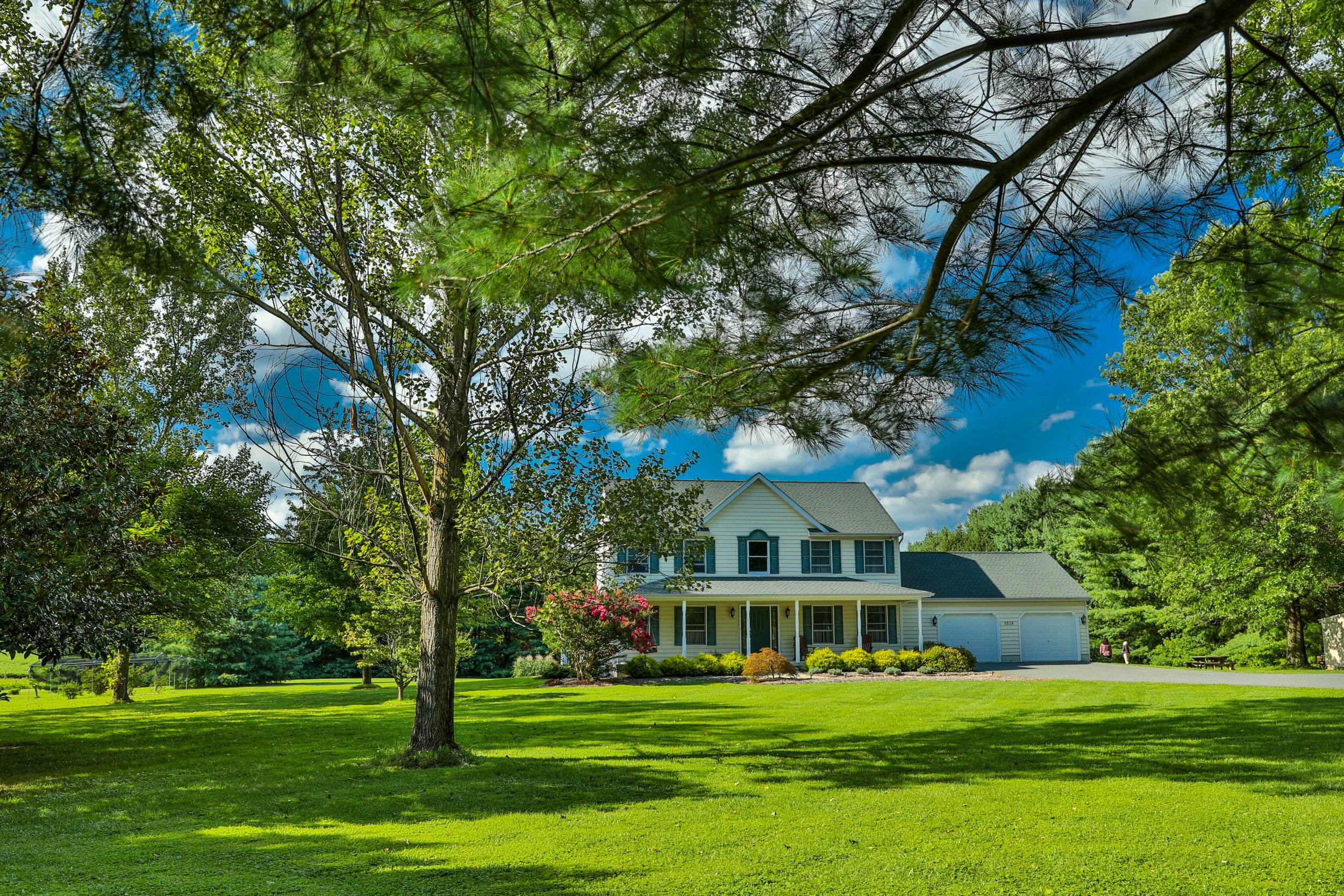6 Tree Care Basics for Impressive Home Landscapes
/Regardless of the size and theme you're going for, adding trees is essential to your home's landscape. Trees add pops of color to your outdoor space, making your front and backyard look more appealing. Trees can also provide shade and reduce noise and air pollution outdoors.
You can enjoy countless benefits when you have trees in your home's landscape, but only if these are well-maintained. Keeping dead or diseased trees can only cause accidents, injuries and attract pests to infest your house. Instead of improving your landscape, dead or diseased trees will only become an eyesore.
Impress neighbors and passersby with the best-looking landscape by taking care of your trees. Here's how you can do it:
Know Their Needs
Different trees have different needs. For example, Oregon White Oak Trees thrive better when they have access to full sun every day, while Areca Palm Trees and Rubber Trees grow well even without sunlight. It's crucial to know what your trees' needs are, so you'll have a better idea of how to take care of them long-term.
Do some research about the trees growing around your landscape and investigate how much water, sunlight, and fertilizer they need. It's also essential to know how to properly trim and prune your trees and whether they require a specific type of soil to develop and grow.
Prune Them Properly
Regularly trimming or pruning the trees is a must regardless of the variety. Doing this can help remove dead and drying stubs and branches to give room for new growth. Pruning can also deter pest infestations and promote the healthy growth of your trees.
If you don't know how to properly trim or prune your trees, prioritize hiring professionals who can take on the job for you. They have the skills and tools to properly trim and prune your trees, saving you a lot of time and effort.
Protect the Roots
Roots are important because their condition can affect the overall health of your trees. No matter how often you trim your trees, they will eventually develop illnesses and die if their roots are compacted.
To protect the roots, add a layer of mulch twice a year. Mulch can effectively maintain consistent soil temperature, retain moisture, and protect roots from external damages. Ideally, you should add four to six inches of mulch around the roots of the trees.
If you're going to revamp your home's landscape, put up fences around your trees and spread at least a six-inch layer of mulch over the area to protect them. Machinery and heavy equipment can actually harm your trees as the weight can compact the soil in your landscape. As a result, water and air won't reach the roots of your trees.
Water Properly
Water is essential to the growth and health of your trees, which is why you should learn how to water properly. Water is food to your trees as they need this resource to transport and absorb minerals from the soil.
During the summer months, opt to water your trees directly to the soil instead of using a sprinkler. The former allows your trees to get more water and minimize diseases. In fact, it's best to give your trees an occasional soak during summer to ensure that the roots get a sufficient amount of water.
Unless you recently planted trees during the winter, you don't need to water them during this time of the year. Watering your trees during extreme cold conditions will only cause the roots to freeze, causing injuries and permanent damages to the tree.
Fertilize Regularly
Trees thrive well in forests because natural plant materials serve as fertilizers. This doesn't happen to the trees in your landscape because you'll likely remove their source of natural nutrients, namely grass clippings, and dried leaves. Regularly fertilizing your trees will solve this problem.
Before applying any fertilizer, assess if it's the right time to do so. If you notice pale leaves and stunted growth, your trees are in dire need of fertilizers. Aside from the timing, you should also pay attention to the type and amount of fertilizer you'll use. Only use fertilizers formulated for the type of tree in your landscape to get the best results.
Book Check-Ups
Contrary to popular belief, you shouldn't only call professionals when you notice diseases or issues with your trees. If you want to keep your trees appealing and healthy for years, you should regularly work with tree professionals and schedule regular check-ups.
Ideally, your trees should be inspected every three years. You should also have your trees inspected after you experience extreme weather conditions, such as droughts and thunderstorms. Regular tree inspections will enable pros to assess the overall health of your trees and identify problems before they get worse.
Knowledge Is Power
Maintaining the trees in your landscape requires hard work, but it's not impossible to accomplish. As long as you consistently follow all of the tips presented in this article, you won't have any problems creating the most impressive landscape your neighborhood will ever see!























